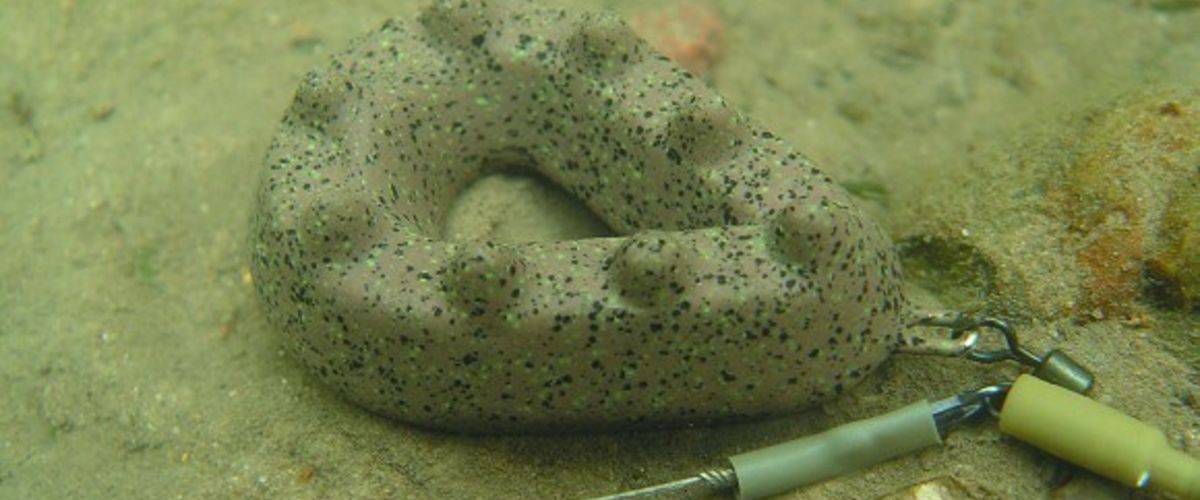
How to choose the right casting lead
Casting leads can come in many shapes and sizes so here's a guide to help you choose the right one
Gripper Style Leads (above)
These types of lead have been designed with a very specific purpose in mind, which as the name suggests is to grip and hold bottom even within a strong flow of water. Similar in shape to a flat pear lead with pronounced studs on each side.
Pro's Perfect for river fishing and holding bottom in a flow or where undertow currents are experienced. The best lead to use where gripping the bottom is essential.
Cons Even though heavy gripper leads are good for maintaining line tension at extreme range, rigs will need to dropped and not cast due to the lack of aerodynamics.
Tournament Leads
Generally slim, long, torpedo-shaped leads, the primary design point is the overall aerodynamics of its shape. These leads are built for an arrow like, extended flight to aid casting distance. Often slightly nose heavy to prevent distance-reducing wobbles.
Pro's The best and most suitable lead for long distance casting and small, light versions of this lead can be good for closer work, causing very little surface disturbance.
Cons Offers little in terms of resistance or bolt-effects for better hooking potential unless used in heavy versions. Can slip from clean slopes like gravel bars.
Flat Pear Lead
Exactly as the name suggests these leads are pear shaped with two flat, broad sides top and bottom, which is aimed at giving the lead stability once in position on the lakebed. A multi-purpose lead that’s generally suitable for most fishing situations.
Pro's This flat design of the lead does help reduce the chances of it plugging into soft silt or clay and also provides stability on hard gravel lakebeds or slopes.
Cons This lead has little in the way of aerodynamic design so the distance you can expect to cast will be reduced compared to tournament style leads.
Round Pear Lead
Designed with a pear-like profile that’s symmetrically round to provide the classic ‘bomb’ shape. This makes the lead fairly aerodynamic and good for all but extreme long-range work. Another good ‘all-rounder’ and general, multi-purpose casting lead.
Pro's Without any edges to possibly cause rig tangles, this bomb-like lead lends itself well to rotary (helicopter) style set-ups such as the Chod Rig, as well as lead clip systems.
Cons Without care, it’s possible for this lead design to slip along the bottom, especially when the lakebed is smooth and clean.
Square Leads
Cube-shaped leads that like, the gripper lead, has been designed with a single purpose in mind, which is that the maximum level of lead density be felt by the carp, even with the swivel lead version. Good when fishing for pressured
or cute carp.
Pro's High density and great for ‘bolt’ type rigs where the resistance felt by the carp as the rig straightens is paramount. The flat sides also help the stability of the lead.
Cons Like the majority of casting leads other than tournament styles this lead is not built for long-range efforts. Casting is restricted to short to medium range work.
In-Line Lead
Produced in all the shapes and sizes as all the leads mentioned already with one significant difference. Instead of the lead being attached to the terminal set-up via a swivel or hoop link, the main line or leader passing through the inside of the lead.
Pro's The resistance and bolt effect of this type of lead is instant making it ideal when fishing for cute fish or carp that are moving very little distance as they feed.
Cons Not the best choice for soft lakebeds where there is the potential for the lead to plug, as it will almost certainly take the rig with it for a poor presentation.








